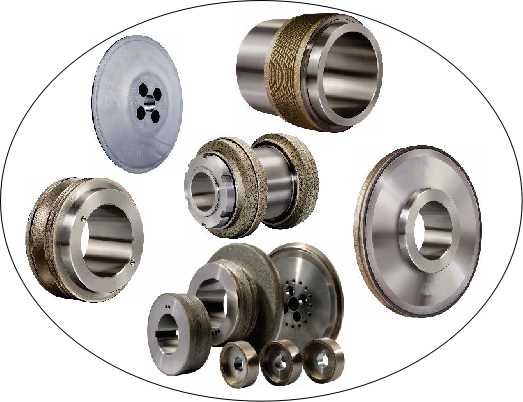The so-called single-layer materials have come under the radar of scientists for the past decade because of their great potential in the field of physics. In early 2016, a research team from the University of Würzburg, Germany, has made some progress with the funding of EUR 15 million from the European Research Council (ERC) for the study of transition metal sulfides (TMDC). In physics, "monolayer" refers to the minimum thickness of a solid material, usually a single atomic layer thickness, and the crystalline material may be three or more layers of atoms, also referred to as a two-dimensional material. Two-dimensional materials often exhibit unexpected properties. Such as TMDC, has a semiconductor-like characteristics, can be used to create ultra-small, energy-efficient chips. TMDC structure TMDC has a fairly simple two-dimensional structure. A single row of transition metal atoms, such as molybdenum or tungsten, is sandwiched between equally thin layers of sulfur. TMDC made with different basic components has a wide range of electronic and optical properties. Under certain conditions, the lower monolayer emits photon pairs of different frequencies, shown in red and green in the schematic. Potential applications The team of professors from the University of Würzburg in Germany found through experimentation that TMDC emits light when it absorbs energy. Experiments show that this new single-layer material can be used to create a new energy-efficient laser source, but also for the study of quantum effects. Application 1: Quantum Communication Research First, a single layer of material is prepared by a simple method. In the first step, the multi-layer film is peeled off from the TMDC crystal using tape. And then peeled thin film from the multilayer film, so repeated, resulting in a single layer of material. The monolayer material is then cooled to a temperature slightly above absolute zero and excited with a laser, under which specific conditions the monolayer material will emit a single photon. The researchers explained that in fact excited two photons, the light particles are generated in pairs. This photon is very interesting to the source: the two photon states of a photon pair are intertwined and entangled. The state of one photon directly affects another photon and is not limited by distance, and this principle can be used for encrypted communications. 2 Application 2: for the new laser source Scientists at the University of Würzburg demonstrated another use of this single-layer material. Place a single layer of material between the two mirrors and use a laser to excite it. When the laser radiation reaches a certain level, TMDC begins to emit photons. These photons hit the mirror and color back to the TMDC plate to stimulate the TMDC atoms to generate new photons. "We call this process strongly coupled," said the researchers, "The action of light and matter to generate exciton-polarized photons." For the first time, polarized photons are detected at the monatomic layer at room temperature. This "cloned" photon has similar properties to lasers but has a very different principle of production. Ideally, after the initial excitation, new light particles may be generated in a self-sufficient manner without any additional energy supply. In contrast, laser materials in lasers need external sustained excitation.
Application:
Automotive Industry – Engine: Crank Shafts, Oil Seals, Valve Needles, Camshafts, Rocker arm Guides, Water Pumps, Piston Rings, Valves, Expansion Bolts, etc
Automotive Industry – Universal Joint: Bearing Outer Race, Ball screws, Ball Joint Journals, Servo Steering piston & Valves, Toothed Racks, etc
Tool Making Industry: Screw Taps, Thread Rolling Dies, Drill Bushes, Broaches, Clamping Jaws, etc
Turbine Industry: Rotor Shafts, Guide Vanes, Rotor Blades, etc
All Types of CNC Grinding Machines
Form Dressing on Hoffler, Gleason, Niles, Kapp, Samp machines
Diamond Dressing Rolls Diamond Dressing Rolls,Profile Roller,Bearing Profile Roller,Piston Ring Grinding Roller Xinxiang SKF machinery Co., Ltd. , https://www.grindingmachine.nl
The European Union funded a new type of 2D material research for making new laser sources or quantum communications
Cam & Crank Shaft, on Landis, NTC. Junker, Nexus, Newall, Toyoda machines